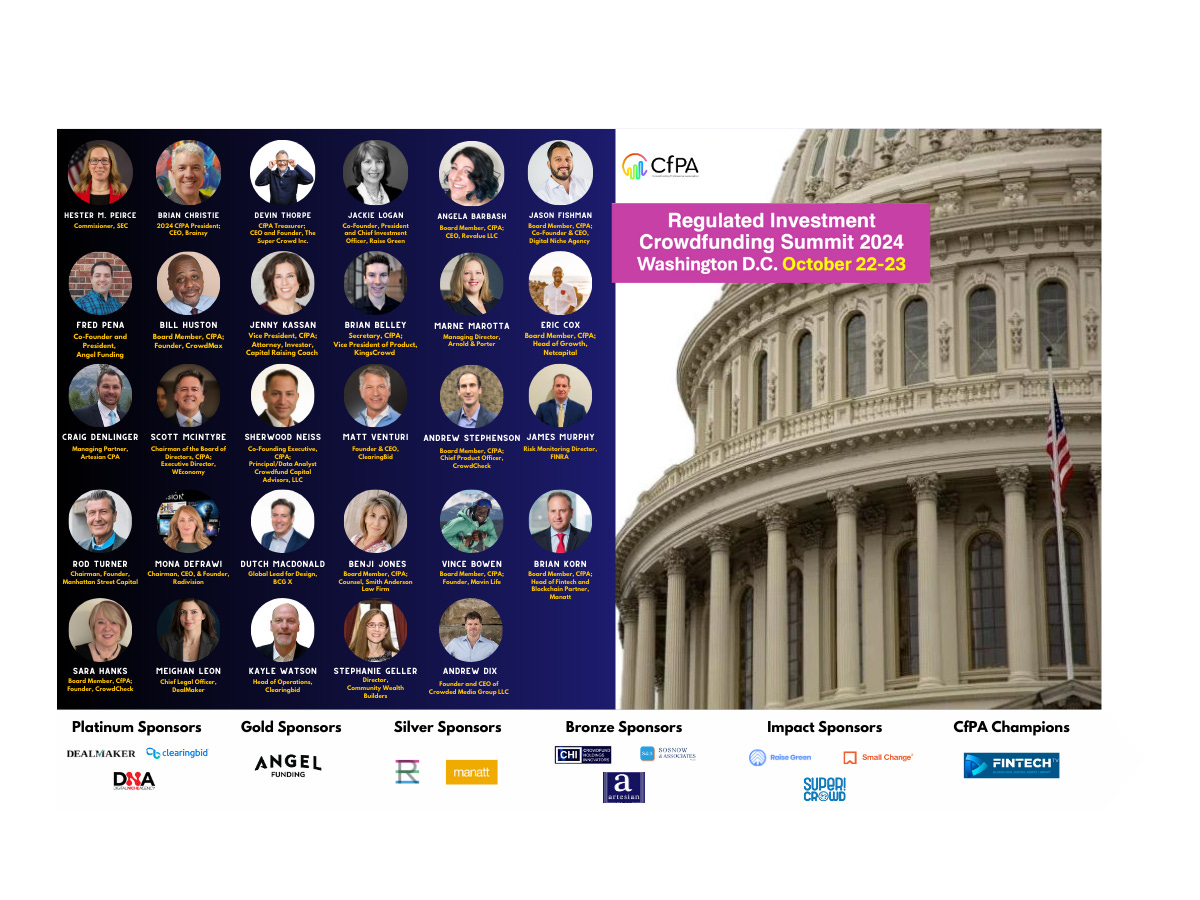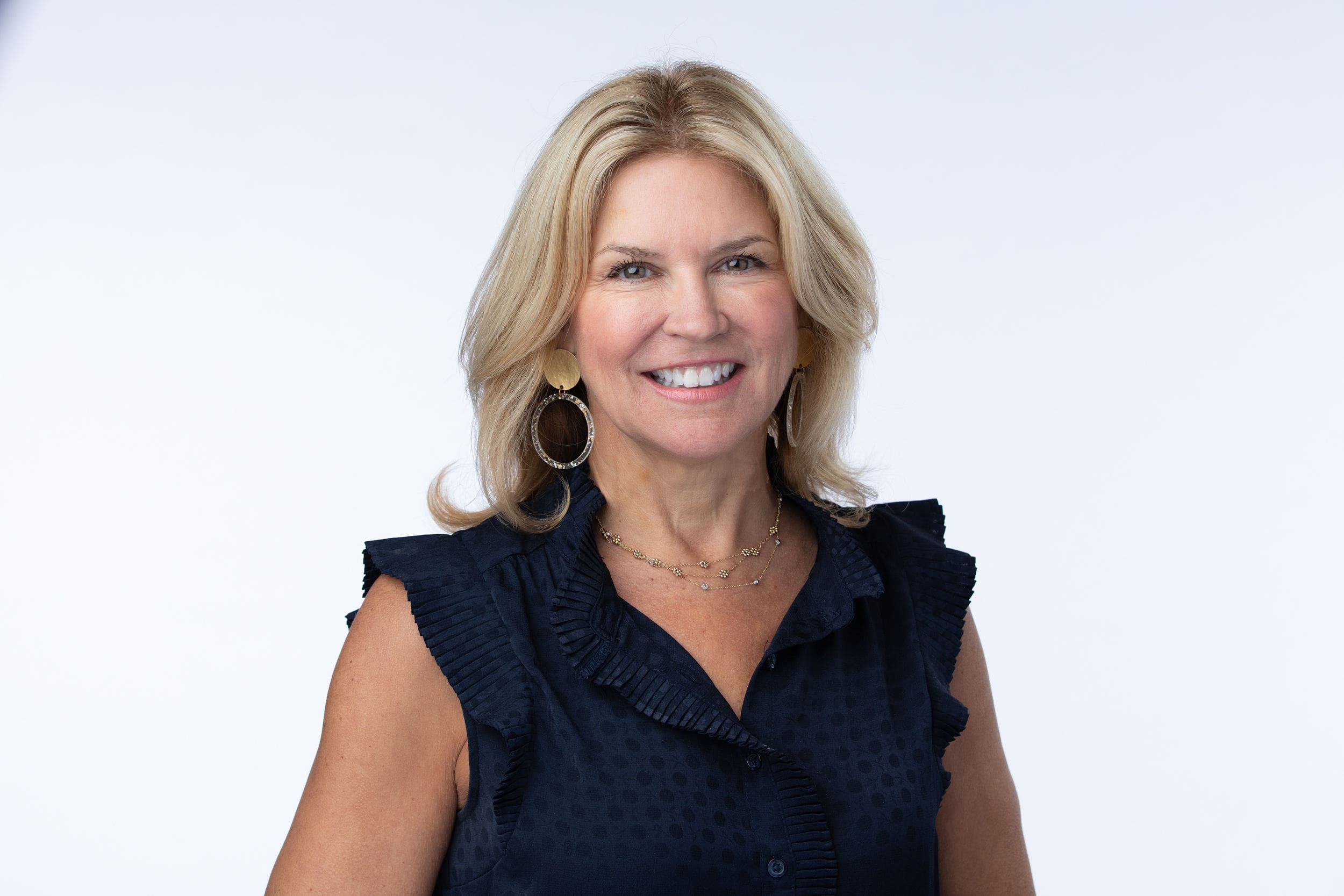How to Assess Your Crowd’s Potential to Invest: 12 Places to Look
I’m not a financial advisor; Superpowers for Good should not be considered investment advice. Seek counsel before making investment decisions.
When you purchase an item, launch a campaign or create an investment account after clicking a link here, we may earn a fee. Engage to support our work.
Today, at the 1:00 Eastern SuperCrowdHour webinar, I’ll be sharing 12 keys to help you assess your crowd’s potential for Investing in your business. You can watch it right here in the YouTube player.
When raising capital from the crowd, one of the key steps is knowing where to find the potential investors already within your reach. This means assessing the crowd you’ve cultivated over the years, identifying the segments that could be most receptive to investing, and determining how to effectively engage them. Below are twelve specific groups to consider when evaluating your crowd’s investment potential, along with tips on how to assess each one.
1. Friends and Family
Your friends and family are often the first people to support your endeavors. Their investment potential is typically based on their trust in you rather than an intimate understanding of your business model. The best way to assess this group’s potential is simply to ask. Honest, transparent communication about your goals can help you gauge their level of interest in investing.
2. Customers
Your existing customers are a prime source of potential investors. They already believe in your product or service and may want to support your business further. When assessing customers’ investment potential, consider these factors:
Quantity: How many active customers do you have?
Communication: Do you have their contact information? How often do you engage with them?
Purchasing Behavior: How large are their typical purchases? What’s the average annual spend per customer? Analyzing these metrics will give you an understanding of how loyal and engaged your customers are, and therefore, their likelihood of investing.
3. Newsletter Subscribers
If you have a newsletter, this is another group that can potentially invest in your business. Your subscribers are likely already engaged with your content, which is a good sign for investment potential. Key factors to assess include:
Size: How many subscribers do you have?
Data Depth: Do you only have their email addresses or their names and phone numbers?
Engagement: How often do you send out emails? What’s the open rate, and how much overlap is there with your customer list? The more regularly you engage with this audience, the better you can gauge their interest in investing.
Newsletter Pro Tip
Start today. Like planting trees, the best time to start a newsletter is 20 years ago. Failing that, start now!
4. Social Media Followers
Your social media followers are another potential investor group, especially if you’ve built a strong, engaged following. When assessing this group, consider:
Reach: How many followers do you have across all your social platforms?
Posting Frequency: How often do you post content?
Engagement: Do your followers like, comment, and share your posts? Highly engaged social media followers are more likely to take the next step and invest.
5. Trade Associations
If you’re a member of a trade association, the networking opportunities are significant. Trade associations often have highly engaged members who support the industries they represent. If you aren’t a member, consider joining one that aligns with your business. Key factors to assess include:
Membership: Are you already part of an association?
Engagement: How are members able to interact with each other? What opportunities exist for pitching your capital raise to the group? Being an active participant in your trade association can build the trust and connections necessary for raising capital.
6. Virtual Industry Groups
In addition to formal trade associations, there are numerous virtual industry groups, especially on platforms like LinkedIn, Facebook, and Reddit. When assessing these groups, join as many as you can find to see which are most active and aligned with your business. Steps to assess include:
Exploration: Join relevant groups and familiarize yourself with their rules and culture.
Engagement: Assess how many members are in the group and the level of interaction (likes, comments, and posts). Participating in discussions and adding value to the group is essential before you begin pitching.
7. Local Clubs and Organizations
Local clubs, like Rotary, Lions, Kiwanis, and Optimists, or even your local Chamber of Commerce, can be valuable sources of support. These groups tend to have tight-knit, community-focused memberships. When assessing their potential:
Presence: Are you already involved in these groups?
Membership Size: How large are the groups you belong to?
Pitching Culture: What are the formal and informal rules around pitching to the group? Building Relationships in these local organizations takes time but can yield long-term support for your Crowdfunding efforts.
8. Cause-Driven Communities
If your business has an inherent social impact, you’ll want to look at communities aligned with that cause. Whether they’re focused on sustainability, poverty alleviation, or another cause, these communities can be supportive investors. To assess this group:
Alignment: Does your business naturally support a cause that is important to these communities?
Network: Which organizations, both physical and virtual, align with your cause? Are you active in them?
Engagement Rules: What are the unwritten norms about networking and pitching within these groups?
9. Alumni Networks
Your high school, college, or graduate school alumni networks can also be potential sources of investment. Many alumni organizations foster strong connections between their members. To assess this crowd:
Activity: Are you active in your alumni network?
Communication: How do you stay in touch with fellow alumni? Are there LinkedIn, Facebook, or Reddit groups that you can join?
Engagement: How engaged is the alumni community? Where do members gather to share news and opportunities? The stronger your relationships within alumni groups, the better the chances of securing investment.
10. Cultural or Ethnic Groups
This group is particularly valuable if you’re already an active member. If you belong to a cultural or ethnic community, you likely have deep, trusting relationships within the group. It’s important to note that attempting to join a group you’re not part of can come across as disingenuous. Key factors to consider:
Belonging: Are you already a member of a cultural or ethnic group?
Engagement: What are the norms around business and investing within the community? Respectful engagement with your cultural group can open doors to investment opportunities.
11. Interest-Based Communities
These are communities of people who share your hobbies or personal interests. Whether it’s a formal club or an informal gathering, people who share your passions can also become potential investors. To assess this group:
Activity: Are you already active in a group like this? If not, join one that you find fun and engaging.
Culture: Learn the group’s culture and rules before making any overt pitches.
Engagement: How easy is it to build relationships with people in these communities? Can you talk about your capital raise naturally within this context?
12. Aligned Affinity Groups
Affinity groups are often formed around a shared interest or mission, and if your business aligns with their purpose, they could be a great crowd for investment. To assess this crowd:
Membership: Are you already part of an affinity group?
Alignment: How closely does your business align with the group’s mission?
Pitching Opportunities: Are there opportunities to pitch within the group? If so, how frequently can you engage members about your capital raise? Success in these groups depends on building authentic relationships and aligning your mission with theirs.
Conclusion: Building Success with Your Crowd
Success in raising capital from your crowd depends on understanding where your crowd exists, how to engage them, and how to assess their potential for investment. By evaluating these 12 key groups, you can effectively identify and mobilize the most promising members of your network. Remember, building trust and maintaining consistent communication are essential for converting your crowd into investors.
Max-Impact Members
The following Max-Impact Members provide valuable financial support to keep us operating:
Carol Fineagan, Independent Consultant | Lory Moore, Lory Moore Law | Marcia Brinton, High Desert Gear | Ralf Mandt, Next Pitch | Add Your Name Here
Upcoming SuperCrowd Event Calendar
If a location is not noted, the events below are virtual.
SuperCrowd Mastermind Group, twice monthly on the 1st and 3rd Thursdays at noon Eastern. This group is for entrepreneurs and small business owners interested in raising Money from the crowd. Attend your first meeting free!
Impact Cherub Club Meeting hosted by The Super Crowd, Inc., a public benefit corporation, on November 19, 2024, at 1:00 PM Eastern. Each month, the Club meets to review new offerings for investment consideration and to conduct due diligence on previously screened deals. To join the Impact Cherub Club, become an Impact Member of the SuperCrowd.
SuperCrowdHour, October 16, 2024, at 1:00 PM Eastern. Each month, we host a value-laden webinar for aspiring impact investors or social entrepreneurs. At October’s webinar, Devin Thorpe will provide an in-depth answer to the question, “How to Assess Your Crowd’s Potential for Investing?” Free to attend.
Superpowers for Good Televised Live Pitch, November 13, 9:00 PM Eastern during primetime. We are now accepting applications from businesses raising capital via Regulation Crowdfunding for the Q4 Superpowers for Good Live pitch. Visit s4g.biz/q4app to apply. At the event, judges will select their pick, and the audience will select the SuperCrowd Award recipient. Put the date on your calendar to watch it live!
Community Event Calendar
Successful Funding with Karl Dakin, Tuesdays at 10:00 AM ET – Click on Events
Community Revitalization, Thursdays, 10:00 AM Eastern.
Main Street Skowhegan and NC3 Entrepreneur Finance Workshop Series, September 17 – November 19, 2023.
Investment Week 24, October 19-20, 2024, Los Angeles.
Crowdfunding Professional Association, Summit in DC, October 22-23
Asheville Neighborhood Economics, date TBD following impact of Helene.
If you would like to submit an event for us to share with the 8,000+ members of the SuperCrowd, click here.




























